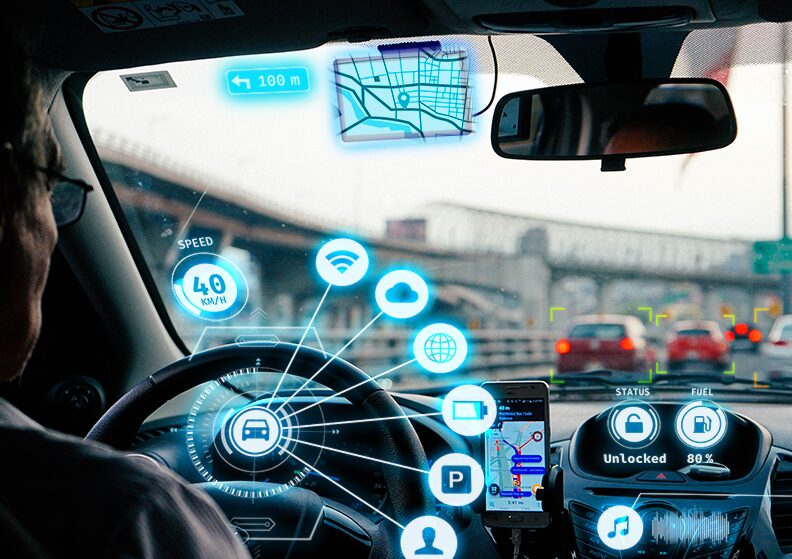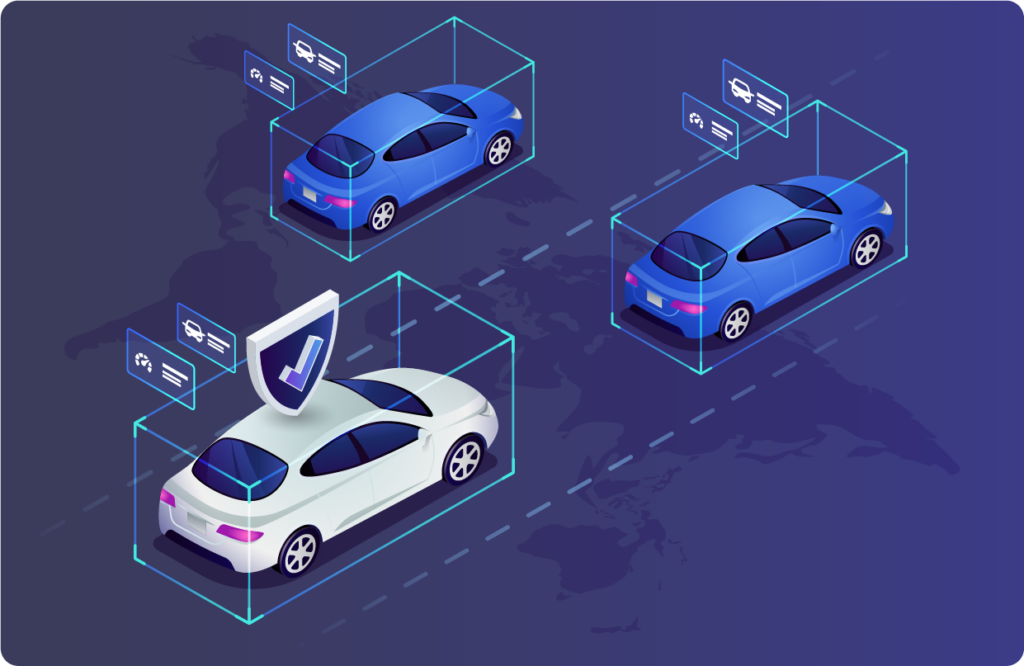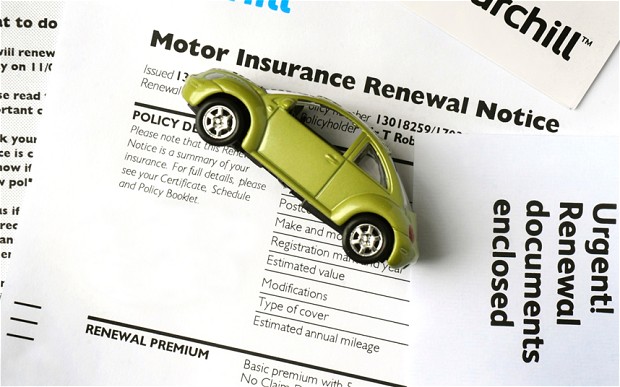Drivers are looking for ways to save on auto insurance as premiums get higher over time. one option that is increasingly considered is a program that can offer net savings if they agree to share driving data with their insurer from a phone app or an in-vehicle device.
Usage-based car insurance programs, also known as telematics insurance, is a simple concept: If you can demonstrate that you’re a low-risk driver based on your behavior behind the wheel, you’re rewarded with a lower premium.
The programs typically monitor data about how users drive, when they drive, where they drive, or some combination of these three. Insurance premiums are traditionally calculated based on demographic factors and past claims data. However, by using telematics, insurance companies can design more precise policies that reflect an individual’s driving habits and behaviors.
This shift towards usage-based auto insurance represents a significant change, benefiting insurance companies and policyholders.
Understanding Telematics
Telematics refers to a mix of telecommunication and informatics technologies to send, receive, and store vehicle information. In auto insurance, telematics involves using devices or mobile apps to collect real-time data about a driver’s behavior, vehicle usage, and driving conditions. These data points usually include information on speed, acceleration, braking patterns, time of day, and even location.
Insurance companies can think you are a higher-risk driver if you are prone to accelerating fast, braking aggressively, taking sharp turns, using your phone while you drive, coming home at 3 a.m., taking dangerous roads, or simply driving a lot. By analyzing this information, insurers gain insights into individual driving habits, enabling them to assess risk more accurately.
The Advantages of Usage-Based Auto Insurance:

1. Personalized Premiums:
One of the top benefits of telematics-based insurance is the ability to set premiums based on the user’s driving habits. Traditional insurance models are heavily reliant on generalizations and statistical averages. This usually results in overpriced premiums for safe drivers and underpriced premiums for high-risk individuals. With telematics, insurers can design more personalized premiums and offer fair pricing. This will reward safe driving behaviors and penalize risky habits.
2. Incentivizing Safe Driving:
Telematics encourages and rewards safe driving practices. Policyholders are motivated to adopt safer habits on the road because their driving behavior will directly impact their insurance costs. This shift towards a proactive approach to driving reduces the frequency of accidents and contributes to overall road safety.
3. Reduced Fraud and Claims Costs:
Telematics aids in lessening fraudulent claims and lowering overall claims costs for insurance providers. The real-time data collected through telematics helps insurers verify the accuracy of reported incidents, which prevents fraudulent claims. Additionally, by promoting safer driving behaviors, telematics can lead to a reduction in the number and severity of accidents, resulting in decreased claims payouts for insurers.
4. Emergency Assistance and Roadside Support:
Telematics-enabled devices often come with additional features such as automatic crash detection and emergency assistance. In the event of an accident, these devices can notify emergency services and provide crucial information about the location and severity of the incident. Some insurers even offer roadside assistance services based on the real-time data collected, ensuring prompt help in case of vehicle breakdowns.
5. Environmental Impact:
Telematics benefits insurers and policyholders and has positive implications for the environment. By adopting good driving habits, the beneficiaries improve their fuel averages. The use of telematics discourages aggressive driving, therefore contributing to a reduction in carbon emissions. Insurers can use this eco-friendly aspect as a marketing tool, attracting environmentally conscious customers.
Challenges and Concerns:
While the advantages of telematics-based insurance are evident, some challenges and concerns need to be addressed for the wider adoption of this insurance method.
1. Privacy Concerns:
The collection of real-time data raises strong privacy concerns among consumers. Many individuals are hesitant to share their driving habits and location information with insurers due to fears of misuse. many people are concerned about unauthorized access to their personal data. Striking the right balance between data collection and privacy protection is critical for the success of telematics-based insurance.

2. Technological Barriers:
Despite the increasing prevalence of advanced automotive technology, not all vehicles are equipped with the necessary telematics hardware. Older vehicles usually lack the compatibility required for seamless integration with telematics systems. Insurers need to consider alternative solutions, such as mobile apps, to ensure inclusivity across a diverse range of vehicles.
3. Data Accuracy and Reliability:
The effectiveness of telematics relies heavily on the accuracy and reliability of the data collected. Issues such as signal interference, device malfunctions, or inaccuracies in GPS tracking can impact the precision of the information. Insurers need to invest in robust technology and data analytics capabilities to ensure the trustworthiness of the telematics data they rely on.
Conclusion:
Telematics-based auto insurance represents a transformative shift in the insurance industry, offering a win-win situation for both insurers and policyholders. The ability to assess risk accurately and reward safe driving practices provides a more equitable and customer-centric approach to insurance pricing. While challenges such as privacy concerns and technological barriers exist, the continuous advancements in technology and a commitment to addressing these issues will likely pave the way for broader adoption of usage-based auto insurance.
As we move forward, it is essential for insurers to navigate the delicate balance between leveraging telematics for risk assessment and ensuring the protection of individual privacy. The evolution of usage-based auto insurance holds the promise of not only reshaping the insurance landscape but also contributing to safer roads, reduced environmental impact, and a more transparent and personalized experience for policyholders.

Sadia Zaheer holds a Masters in Business Administration from IBA, Karachi. After working in several financial institutions in Client Management, Corporate Lending, Islamic Banking and Product Management she jumped careers to pursue a career in writing.
She is a Finance, Business and HR Development writer with four years of experience. She reads a lot and takes care of her multiple cats to remain calm.



